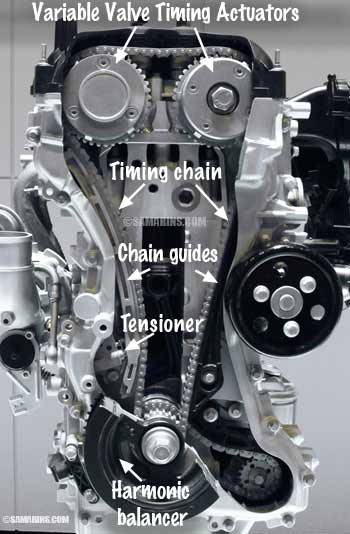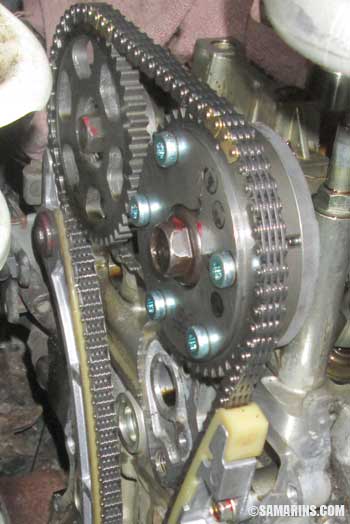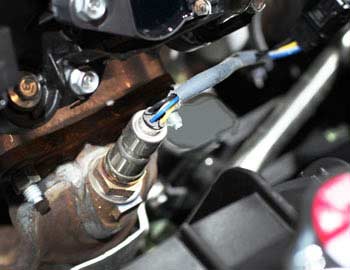Timing Chain in Cars: Signs, Problems, Replacement
By Vlad Samarin. March 10, 2024
A timing chain is a vital component of your car's engine. It synchronizes the rotation of the camshaft(s) with the crankshaft. While some vehicles have a single timing chain, others may have two or even three. Although some timing chains can last the lifetime of a car, others may need replacement, typically after reaching around 150,000 miles. Unlike some parts, there isn't a set mileage requirement for timing chain replacement—it's replaced when it shows signs of trouble or when one of the related components fails.
Symptoms of Timing Chain Problems:
- Rattling Noise: You might hear a rattling noise coming from the timing chain are.
- Persistent Check Engine Light: If your Check Engine light stays on, a scan might reveal trouble codes, such as P0341 or other codes related to timing or cam sensors.
- Difficulty Starting: Your engine may struggle to start or might not start at all.
- Loss of Power and Stalling: You may notice a lack of power or experience stalling while driving.
Problems with Timing Chains:
A timing chain relies on engine oil for lubrication. If your engine consumes oil, it can cause the timing chain to wear out faster. Excessive wear causes the timing chain to stretch resulting in the engine timing to become incorrect. Sometimes, a worn timing chain or tensioner can cause it to jump. In certain vehicles with 'interference' engines, if the timing chain jumps or breaks, it could damage the valves and pistons, potentially requiring engine replacement.Other reasons for timing chain replacement include issues with the tensioner, cam gear (VVT actuator), chain-driven water pump or other related components.
In some cars, a stretched timing chain may not yet set the Check Engine light but cause some driveability or starting issues. In this case, your mechanic may need to check the timing to confirm a stretched timing chain. Another way is to compare the phases of signals from the cam and crank sensors on the scope.
Replacement:
When replacing a timing chain, it's typically done as a kit with the tensioner, guides, and other related parts. In many cases, camshaft sprockets (VVT gear) are also replaced at the same time.While replacing a timing chain is feasible as a DIY project for some smaller 4-cylinder engines, it's a meticulous task that requires precision. Setting the engine timing correctly is crucial, as mistakes can lead to engine damage.
The difficulty level for a timing chain replacement in a 4-cylinder engine is around 7-8 on a scale of 1 to 10, with 10 being the most difficult. We recommend to have this job done by a professional. Your local dealer is the best place as they have all the special tools and their mechanics are experienced in this type of work.


